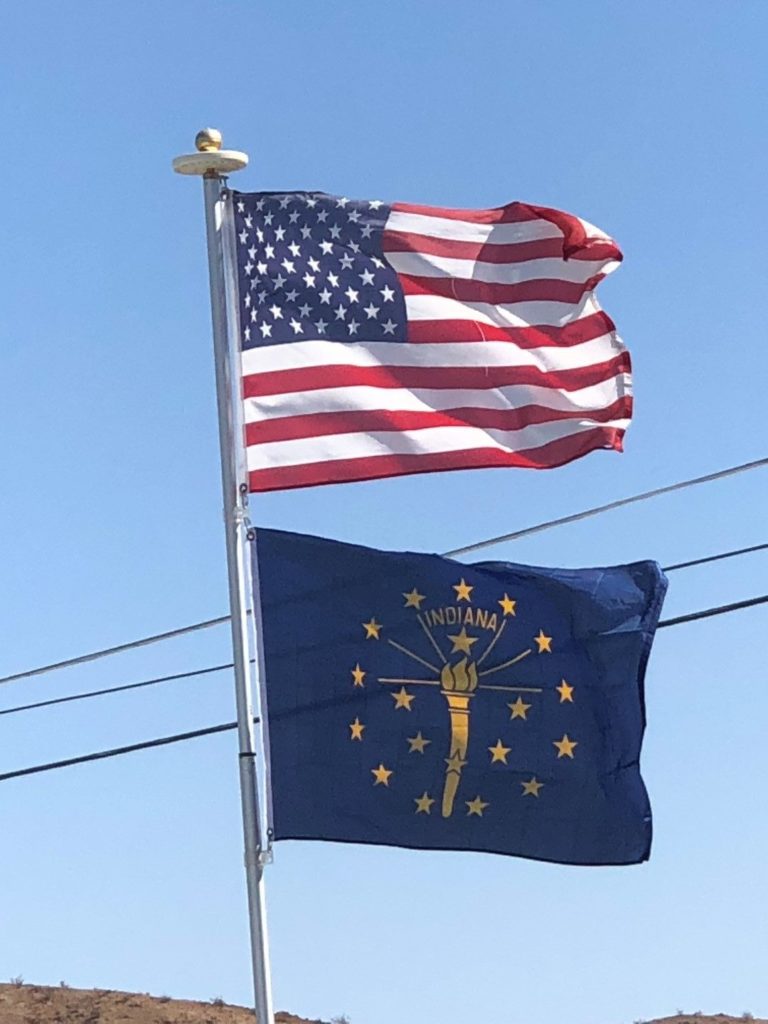Introduction:
Indiana is a U.S. state located in the Midwestern and Great Lakes regions of North America. Indiana is the 38th largest by area and the 17th most populous of the 50 United States. Its capital and largest city is Indianapolis.
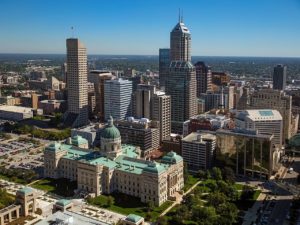
Indiana was admitted to the United States as the 19th U.S. state on December 11, 1816.
History:
Native Americans:
The earliest inhabitants of what is now Indiana were various cultural groups of Native Americans. Eventually the Hopewell and Mississippian cultures emerged, lasting from 1000 until the 15th century.
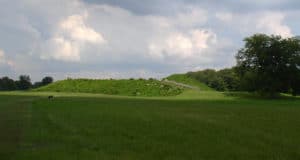
The historic Native American tribes in the area at the time of European encounter spoke different languages of the Algonquian family. They included the Shawnee, Miami, and Illini. Later they were joined by refugee tribes from eastern regions including the Delaware who settled in the White and Whitewater River Valleys.
European Exploration:
In 1679 the French explorer René-Robert Cavelier, Sieur de La Salle was the first European to cross into Indiana after reaching present-day South Bend at the Saint Joseph River. He returned the following year to learn about the region. French-Canadian fur traders soon arrived, bringing blankets, jewelry, tools, whiskey and weapons to trade for skins with the Native Americans. By 1702, Sieur Juchereau established the first trading post near Vincennes. In 1715 Sieur de Vincennes built Fort Miami at Kekionga, now Fort Wayne. In 1717, another Canadian, Picote de Beletre, built Fort Ouiatenon on the Wabash River, to try to control Native American trade routes from Lake Erie to the Mississippi River. In 1732 Sieur de Vincennes built a second fur trading post at Vincennes. French Canadian settlers, who had left the earlier post because of hostilities, returned in larger numbers. In a period of a few years, British colonists arrived from the East and contended against the Canadians for control of the lucrative fur trade. Fighting between the French and British colonists occurred throughout the 1750s as a result.
The Native American tribes of Indiana sided with the French Canadians during the French and Indian War (also known as the Seven Years’ War). With British victory in 1763, the French were forced to cede all their lands in North America east of the Mississippi River and north and west of the colonies to the British crown.
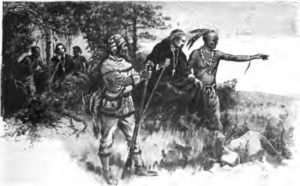
Western Expansion:
In 1787 the US defined present-day Indiana as part of its Northwest Territory. In 1800 Congress separated Ohio from the Northwest Territory, designating the rest of the land as the Indiana Territory. President Thomas Jefferson chose William Henry Harrison as the governor of the territory and Vincennes was established as the capital. After Michigan Territory was separated and the Illinois Territory was formed, Indiana was reduced to its current size and geography.
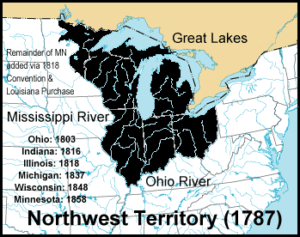
In 1810 the Shawnee chief Tecumseh and his brother Tenskwatawa encouraged other tribes in the territory to resist European settlement. Tensions rose and the US authorized Harrison to launch a preemptive expedition against Tecumseh’s Confederacy; the US gained victory at the Battle of Tippecanoe on November 7, 1811. Tecumseh was killed in 1813 during the Battle of Thames. After his death, armed resistance to United States control ended in the region. Most Native American tribes in the state were later removed to west of the Mississippi River in the 1820s and 1830s after US negotiations and purchase of their lands.
Statehood:
President James Madison approved Indiana’s admission into the union as the nineteenth state on December 11, 1816. In 1825, the state capital was moved from Corydon to Indianapolis.
